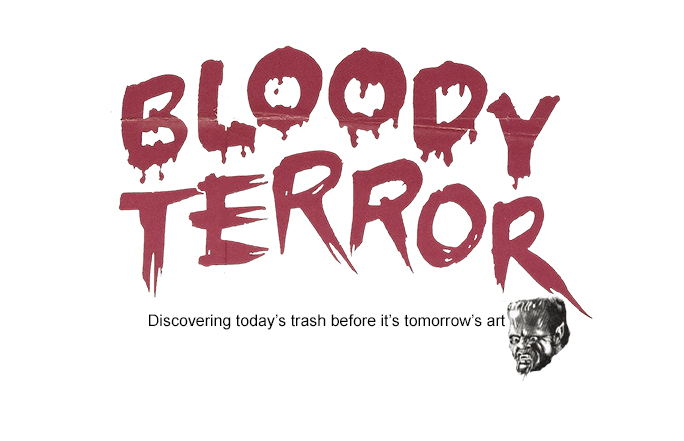
I've come to terms with the fact that my sexuality was sent down the rapids by director John Boorman's "Deliverance" (1972).
I was ten years old when I caught a showing of the movie on the late show. I grew up in a relatively liberal (i.e. out of control) household, and my father always allowed me to stay up with him far too late on a school night in order to watch the classic Universal monster movies -- the Frankenstein, Dracula, Werewolf and Mummy series -- and others of that type. The screening of Deliverance, however, introduced me to a new species of monster: the hillbilly rapist.
This was the mid-Seventies; the days before videotape, meaning you could catch a movie after its theatrical run only when the networks had scheduled it. In Canada, our main channel is/was the Canadian Broadcasting Corporation (CBC), a network that rarely censored its broadcasts if the program had "artistic merit", and Deliverance clearly fit that bill.
My father, an artist who was against censorship and who believed in letting people experience things for themselves in order to form their own opinions, had heard that Deliverance was a terrific movie and something about a canoe trip gone wrong. He understood my love of movies and encouraged it, as long it didn't become an obsession; I was the type of kid who easily became preoccupied with things. We settled in to watch this adult action movie, and unbeknownst to my father, my view of gay men started to take shape.
Four friends -- Jon Voight, Ned Beatty, Ronny Cox and Burt Reynolds -- leave urban Atlanta for a canoe trip downriver through Georgia hillbilly country. They are out of place here. Cox takes part in a banjo duel with a young in-bred banjo-picker in one of the film's two most oft-mentioned scenes. The men continue downriver, where they become the target of two horny male hillbillies. Telling Voight that he's got a "pretty mouth" and forcing Beatty to "squeal like a pig" in the film's other most-quoted scene, the hillbillies attempt to force a little oral action from Voight and a little butt-play from Beatty.
This scene was both intriguing and shocking to me. The emotive result of this concoction: confusion. Just what was it that this hillbilly was attempting to do with Beatty?! Was it possible that people actually did this? Or was it just something that “river folk” indulged in? Whatever it was, it must be wrong and Deliverance was just about to show me that there was a price to pay for being gay beyond being a toothless hayseed.
As things are about to reach the point of no return between our urbanites and river men, Reynolds, around the time that he did his famous and relatively discreet Cosmopolitan centerfold spread, arrives decked out in leather river gear, a saviour in S&M drag. He and his crossbow put a swift end to the attempted rape.
Though I remained engrossed by the rest of the film, and terrified by the nightmare dream sequence wherein a pale hand emerges from beneath the surface of the river, the rape scene stayed with me even more so. A mishmash of “erotic” imagery and conflicting emotions. Gay sex was bad, punishable by death, the sentence served by the swift bow of a leather man.
A ten-year-old can't make sense of these images and thoughts, but they can lay dormant in the back of his mind until they reach the surface like that pale hand rising out of the Cahulawassee River. Deliverance remains a great film; its iconic moments a part of pop culture history. As an adult, I have a more comprehensive understanding of sexuality and its complexity, of what the film is saying (and not saying), and, I hope, of myself. I've come to a place where I appreciate the journey I took downriver with it, stopped shockingly and unexpectedly like the film's leads by a couple of horny hillbillies that I was also forced to confront without so much as a crossbow to protect me.

